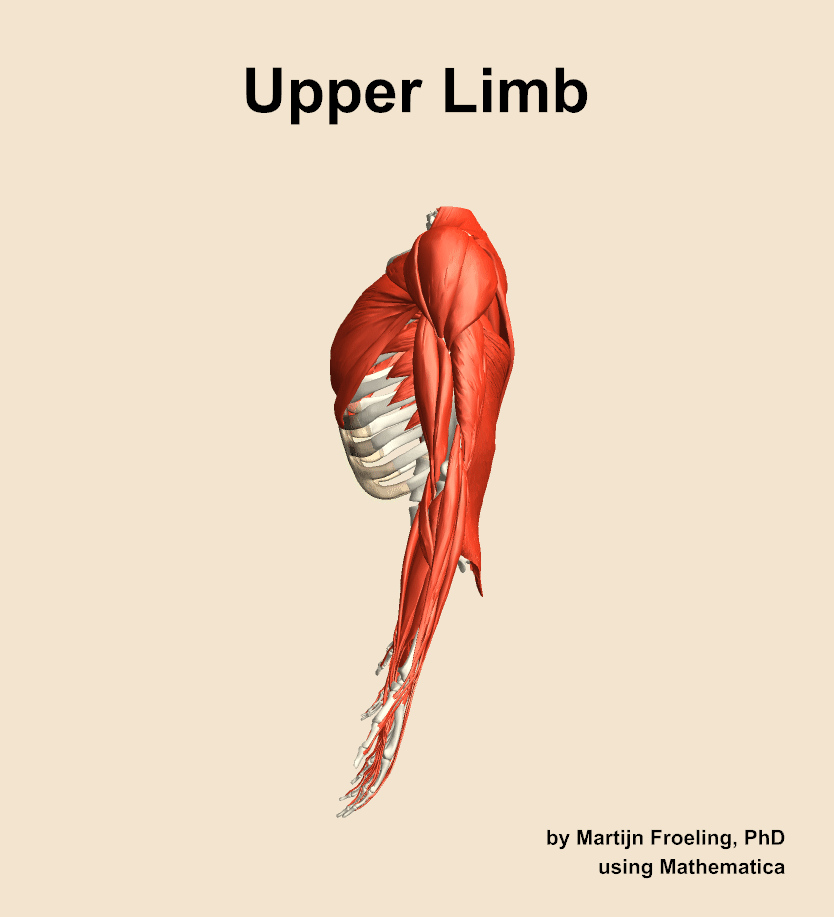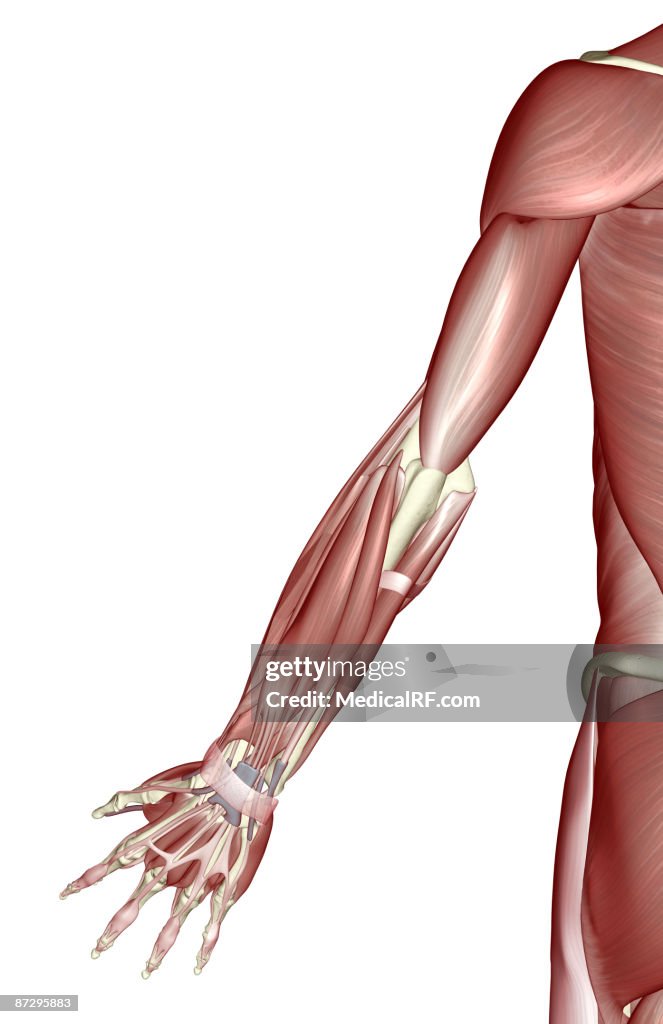SOLUTION Anatomy of the upper limb v2 0 Biology Diagrams large V-shaped muscle on upper back origin: external occipital protuberance; superior nuchal line; spinous processes of C7-T12 insertion: clavicle; helps with forced inhalation when upper limb is fixed. pectoralis major. major chest muscle; adducts humerus medially; helps with forced inhalation when upper limb is fixed (interbicular groove) Learn about the regions and structures of the upper limb, from the shoulder to the hand, with diagrams, quizzes and videos. Find out the origins, insertions, innervation and functions of the bones, joints, muscles and nerves of the upper extremity. Learn about the muscles, bones, blood supply and nerves of the shoulder, arm, forearm and hand with 3D models and videos. Explore the pectoral girdle, upper arm, elbow, wrist and hand anatomy in detail.

The hand is a very mobile part of the upper limb, and we perform very specialised tasks with it every day, key adaptations can be seen in the specialised structures of the hand. In this section, learn more about the upper limb: Its bones, muscles, nerves, joints, blood vessels and lymphatics, anatomical areas, and structures found in the hand.

Muscles of the Upper Limb Biology Diagrams
The muscles of the upper limb can be divided into 6 different regions: pectoral, shoulder, upper arm, anterior forearm, posterior forearm, and the hand.. There are 4 muscles of the pectoral region: pectoralis major, pectoralis minor, serratus anterior and subclavius.Collectively, these muscles are involved in movement and stabilisation of the scapula, as well as movements of the upper limb.

Learn about the muscles of the upper limb, including shoulder, arm, forearm, and hand muscles. See the names, origins, insertions, functions, innervations, and arteries of each muscle group. The upper limb comprises many muscles which are organized into anatomical compartments. These muscles act on the various joints of the hand, arm, and shoulder, maintaining tone, providing stability and allowing precise fluid movement. The upper limb (upper extremity) is truly a complex part of human anatomy. It is best studied broken down into its components: regions, joints, muscles, nerves, and blood vessels. By looking at all of the upper limbs components separately we can appreciate and compartmentalize the information, then later view the upper limb as a whole and understand how all of its parts work in unison.
